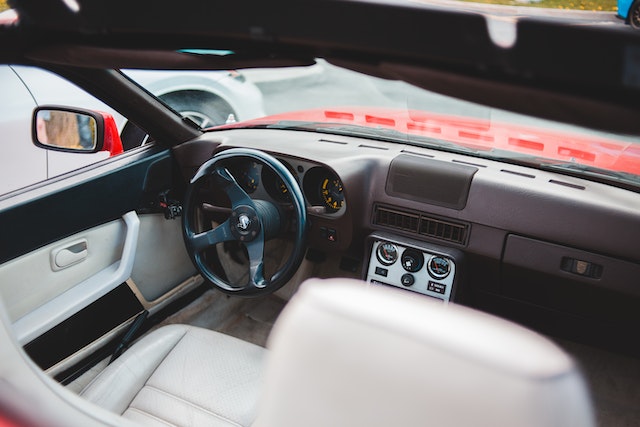A Clear View: Rear Window Replacement Made Easy
Introduction
Your vehicle’s rear window plays a crucial role in ensuring your safety on the road. Whether it’s been damaged in an accident, vandalized, or is simply showing signs of wear and tear, a rear window replacement is essential to maintain the integrity of your vehicle. In this blog, we will guide you through the process of rear window replacement, helping you make informed decisions and ensuring a smooth and safe transition.
- Signs Your Rear Window Needs Replacement
Before you dive into the replacement process, it’s important to know when your rear window needs attention. Here are some common signs:
a. Cracks and Chips: Small cracks and chips can quickly escalate, compromising your safety. b. Shattered or Broken Glass: Clearly, a shattered window needs immediate replacement. c. Sealant Failure: If the sealant around the window is deteriorating or damaged, water can leak into your vehicle.
- Choosing the Right Rear Window
Selecting the correct rear window is crucial. Consider the following:
a. OEM vs. Aftermarket: OEM (Original Equipment Manufacturer) windows are designed to match your vehicle’s specifications, while aftermarket options may vary in quality. b. Tint and Glass Type: Ensure your replacement window matches the tint and type of glass on your original window. c. Professional Advice: Consult with an expert or your vehicle manufacturer to make the right choice.
- Tools and Materials
To successfully replace your rear window, gather the necessary tools and materials:
a. Safety Gear: Gloves and safety glasses are essential for protection. b. Screwdriver and Pliers: For removing trim and interior panels. c. Sealant and Primer: Ensure you have the appropriate sealant and primer for your vehicle. d. Replacement Window: The exact window you’ve chosen.
- Removing the Old Rear Window
The process of removing the old window can be intricate. Here’s a simplified step-by-step guide:
a. Remove Interior Trim: Carefully pry off interior panels and trim to access the window. b. Disconnect the Defroster: If your rear window has a defroster, disconnect the wiring. c. Cut the Sealant: Carefully cut through the sealant using a utility knife or similar tool. d. Remove the Window: Gently push or pull the old window out of its frame.
- Preparing for the Replacement
Before installing the new window, prepare the vehicle:
a. Clean the Frame: Remove all traces of old sealant and debris from the frame. b. Apply Primer: Apply a primer to the frame to ensure a strong bond with the new sealant. c. Prepare the New Window: If the window doesn’t come with sealant pre-applied, apply a layer of sealant around the edges.
- Installing the New Rear Window
Now it’s time to install the replacement window:
a. Carefully place the new window into the frame. b. Press it firmly to ensure a secure fit. c. Reconnect the defroster wiring. d. Let the sealant cure as per the manufacturer’s instructions.
- Reassembling the Interior
Once the window is securely in place, it’s time to reassemble the interior:
a. Reattach the interior panels and trim. b. Ensure everything is tightly secured. c. Clean the interior and exterior of the new window.
- Final Checks and Safety Precautions
Before hitting the road, perform a few final checks:
a. Test the defroster to ensure it’s working. b. Look for any visible gaps or irregularities in the sealant. c. Allow sufficient time for the sealant to fully cure before getting the window wet.
